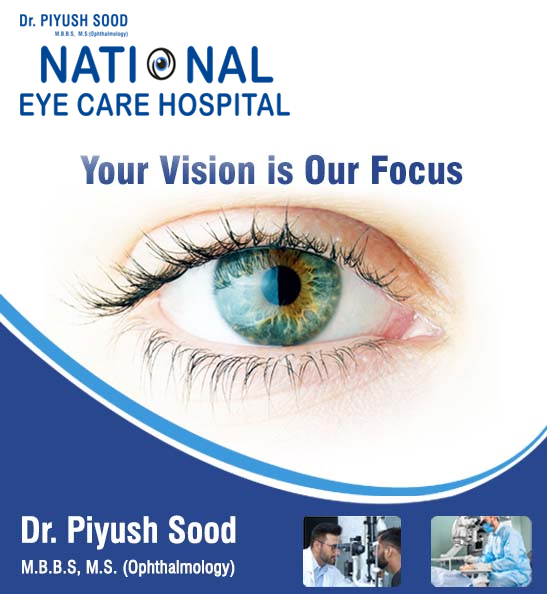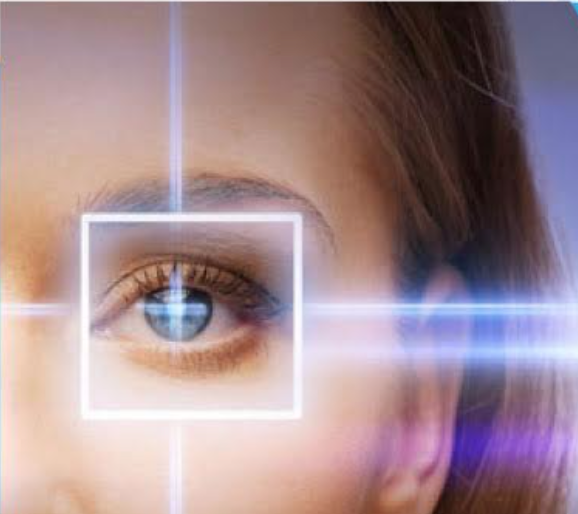Every Little Thing You Required to Know Regarding the most up to date Innovations in Glaucoma Therapy and Eyecare
In the realm of ocular wellness, developments in the therapy and administration of glaucoma have been steadily advancing, paving the means for enhanced client care and end results. From innovative diagnostic tools that supply unmatched insights right into the illness development to innovative medical methods that promise better precision and quicker recovery times, the landscape of glaucoma therapy is going through a substantial transformation.
Advanced Diagnostic Technologies
Advanced analysis modern technologies play a crucial role in the early discovery and tracking of glaucoma, allowing for extra efficient therapy and management of the problem. Amongst these innovations, optical comprehensibility tomography (OCT) attracts attention as a non-invasive imaging method that provides in-depth cross-sectional photos of the retina, optic nerve head, and retinal nerve fiber layer. This high-resolution imaging aids clinicians evaluate structural adjustments in the eye brought on by glaucoma, allowing them to interfere without delay.
In addition, aesthetic field testing, such as automated perimetry, is another vital diagnostic tool for reviewing glaucoma-related vision loss - refractive surgeries in al. This examination gauges the level of sensitivity of a patient's visual field, aiding to detect any type of locations of vision loss or distortion. By integrating OCT imaging with visual field testing, healthcare service providers can get a detailed understanding of the condition's development and dressmaker therapy prepares appropriately
Minimally Intrusive Surgery
In the realm of glaucoma monitoring, the emphasis shifts in the direction of minimally intrusive procedures as a proactive technique to attend to the progression of the problem complying with advanced diagnostic analyses such as optical comprehensibility tomography (OCT) and visual field testing. Minimally invasive glaucoma surgical procedures (MIGS) have gained appeal as a result of their efficiency in reducing intraocular stress while lessening the dangers and healing times related to standard glaucoma surgical treatments. These treatments are commonly carried out through small lacerations, commonly along with cataract surgical procedure, making them less intrusive and more comfortable for clients.
Some usual MIGS procedures consist of trabecular micro-bypass stents, which enhance the outflow of liquid wit, and micro-sized implants that improve water drainage in the eye. In addition, laser procedures like discerning laser trabeculoplasty (SLT) supply a non-invasive choice for lowering intraocular pressure. By integrating these minimally intrusive techniques into glaucoma monitoring, eye doctors can provide individuals with efficient therapy alternatives that prioritize safety and fast healing, ultimately enhancing lasting end results for people with glaucoma.
Unique Drug Therapies
Emerging drug therapies existing encouraging avenues for improving the medicinal administration of glaucoma, offering ingenious methods to resolve intraocular pressure control and condition development. One novel medicine therapy that has amassed focus is Rho kinase inhibitors.

Telemedicine and Remote Monitoring
With the advancement of novel medicine treatments increasing the therapy landscape for glaucoma, the assimilation of telemedicine and remote surveillance emerges as a crucial component in boosting person care and disease monitoring. Telemedicine allows eye care experts to from another location assess individuals, offer appointments, and display disease progression without the requirement for in-person brows through. This is particularly helpful for glaucoma patients that require regular surveillance to avoid vision loss. Remote tracking technologies make it possible for people to measure their intraocular pressure or aesthetic area at home, permitting for timely changes to treatment strategies. By making use of telemedicine and remote tracking, doctor can enhance access to care, enhance individual conformity, and find potential problems early, leading to better end results for people with glaucoma. Furthermore, these technologies offer benefit for patients, especially those in remote areas or with mobility constraints, by reducing the demand for frequent clinic sees. Welcoming telemedicine and remote monitoring in glaucoma management stands for a significant advancement in enhancing patient care and therapy efficacy.
Personalized Therapy Methods
Advancing beyond conventional one-size-fits-all approaches, tailored treatment techniques customized to individual client features are revolutionizing the management of glaucoma. By tailoring treatment plans based upon variables such as age, illness severity, way of living, and other wellness problems, ophthalmologists can enhance and maximize end results individual satisfaction.
Personalized treatment strategies in glaucoma involve a detailed analysis of each client's one-of-a-kind profile. This may consist of genetic testing to determine details threat factors, imaging methods to evaluate architectural adjustments in the eye, and practical examinations to examine visual field loss. By incorporating these personalized understandings, medical care service providers can create targeted treatments that resolve the underlying causes of glaucoma progression for each and every individual.
Additionally, innovations in innovation have made it possible for the development of customized therapy alternatives such as minimally invasive glaucoma surgeries (MIGS) customized to the person's specific needs - cataract care service. These treatments use reliable intraocular pressure control with less problems, enhancing the total top quality of treatment for glaucoma clients. Welcoming tailored therapy strategies marks a substantial standard change in glaucoma monitoring, emphasizing precision medication to provide customized options for far better person outcomes
Conclusion
In conclusion, the current advancements in glaucoma therapy and eyecare consist of advanced diagnostic innovations, minimally invasive medical procedures, novel medicine treatments, telemedicine and remote monitoring, and tailored treatment methods. These improvements are changing the way we treat and identify glaucoma, using more individualized find out here and effective options for individuals. By remaining up-to-date with these advancements, healthcare specialists can give far better treatment and improve end results for individuals with glaucoma.

With the development of novel drug treatments increasing the therapy landscape for glaucoma, the assimilation of telemedicine and remote surveillance emerges as a pivotal part in improving individual care and disease management. cataract care service. Welcoming telemedicine and remote tracking in glaucoma management represents a considerable innovation in optimizing client treatment and therapy efficiency
In verdict, the most current innovations in glaucoma treatment and eyecare consist of progressed analysis technologies, minimally intrusive surgical treatments, unique medicine therapies, telemedicine and remote surveillance, and personalized treatment techniques.
Comments on “Refractive Surgeries in AL: Expert Procedures for Clear Vision”